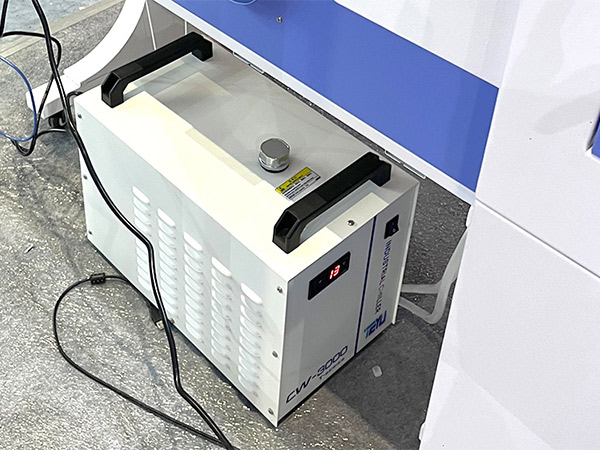Acrylic is renowned and widely applied due to its excellent transparency, chemical stability, and weather resistance. Common equipment used in acrylic processing includes laser engravers and CNC routers. In acrylic processing, a small industrial chiller is needed to reduce thermal effects, improve cutting quality, and address "yellow edges".
Acrylic Material Processing and Cooling Requirements
Acrylic, also known as PMMA or plexiglass, is derived from the English word "acrylic" (polymethyl methacrylate). As an early-developed, essential thermoplastic polymer, acrylic is renowned for its excellent transparency, chemical stability, and weather resistance. It is also easy to dye, process, and has a visually appealing appearance, making it widely used in various fields such as construction, lighting projects, and handicrafts. The key quality indicators for acrylic sheets include hardness, thickness, and transparency.
Acrylic Processing Equipment
Common equipment used in acrylic processing includes laser engravers and CNC routers. Laser engravers precisely control the emission of laser beams, focusing them on the surface of the acrylic sheet. The high energy density of the laser causes the material at the focal point to vaporize or melt quickly, enabling high-precision, contactless engraving and cutting with great flexibility. CNC routers, on the other hand, utilize computer numerical control systems to guide the engraving tools in three-dimensional carving on acrylic sheets, allowing the creation of complex shapes and patterns.
Cooling Requirements in Acrylic Processing
During the processing of acrylic, it is prone to heat deformation, with overheating of the sheets leading to dimensional changes or scorching. This is particularly an issue during laser cutting, where the high energy of the laser beam can cause localized heating, resulting in the material burning or vaporizing, leading to the appearance of yellowed vaporization marks, commonly known as "yellow edges". To address this problem, using a small industrial chiller for temperature control is highly effective. Industrial chillers can lower the processing temperature, reducing thermal effects, improving cutting quality, and minimizing the occurrence of yellow edges.
TEYU S&A's closed-loop chillers, such as the small industrial chiller CW-3000, are equipped with features like anti-clogging heat exchangers, flow monitoring alarms, and over-temperature alarms. They are energy-efficient, compact, easy to move, install, and operate, and they also minimize the impact of fine debris on the small chiller during acrylic engraving.
Acrylic material processing is widely applied, and with continuous technological advancements and expanding application areas, its development prospects are even brighter.

We're here for you when you need us.
Please complete the form to contact us, and we'll be happy to help you.










































































































